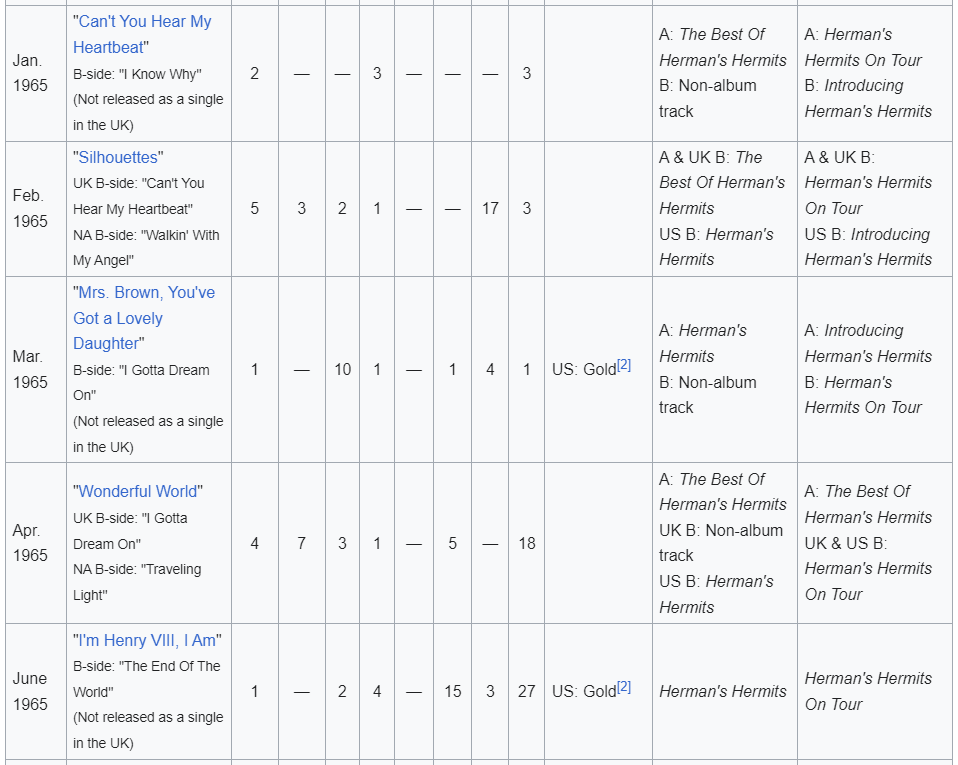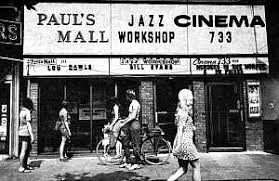Ignored Obscured Restored
It would be easy to dismiss the music of Herman’s Hermits as teenage, bubblegum pap, and I agree to a large degree. I love their first US hit (#13), a cover of the King/Goffin tune “I’m Into Something Good”, which was originally released by The Cookies. But their next few hits were novelties or rip-offs of legitimate R&B hits.


But later the Hermits released a few more substantial records, including today’s SotW, “No Milk Today.”
This track, released in the US in 1967, was written by Graham Gouldman, later of 10 cc. Gouldman also wrote many other hits. Some were for the Yardbirds, such as “For Your Love,” and “Heart Full of Soul,” and others for the Hollies, including “Bus Stop “ and “Look Through Any Window.”
Although never formally credited, Gouldman has been incredibly open about his father’s contributions to his song lyrics. In fact, I’ve heard him admit in an interview that his father provided the concept behind “No Milk Today.”
Until the early 60s, many families still relied on home delivery of milk. As homeowners began to purchase refrigerators, the need (or desire) to have milk deliveries declined. That makes the sentiment of “No Milk Today” an anachronism.
The song tells the story of a marriage in decline. The wife has left, so the singer leaves a note telling the delivery man that no milk is needed. He shares his vulnerability that the neighbors will notice.
No milk today, my love has gone away
The bottle stands forlorn, a symbol of the dawn
No milk today, it seems a common sight
But people passing by don’t know the reason why
How could they know just what this message means?
The end of my hopes, the end of all my dreams
How could they know the palace there had been
Behind the door where my love reigned as queen?
The B-side was another good Herman’s Hermit song called “There’s a Kind of Hush.” I admit, “No Milk Today” isn’t the type of provocative rock that Lou Reed traded in, but it’s a pretty sophisticated pop song – if you’re willing to open your mind to it.
Enjoy… until next week.

